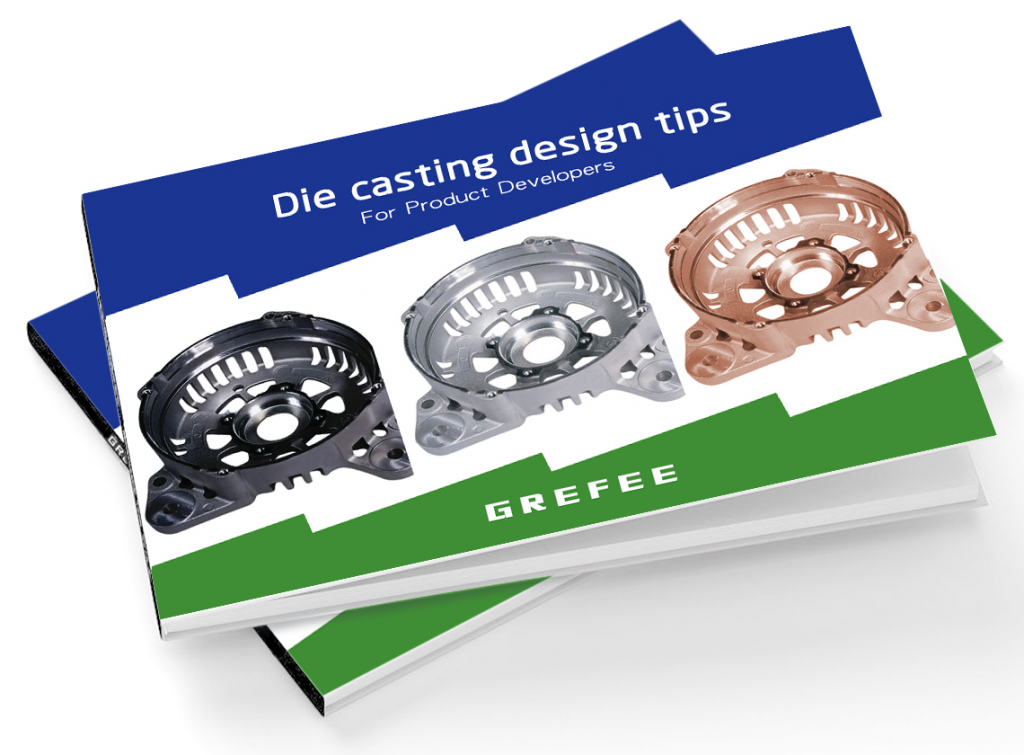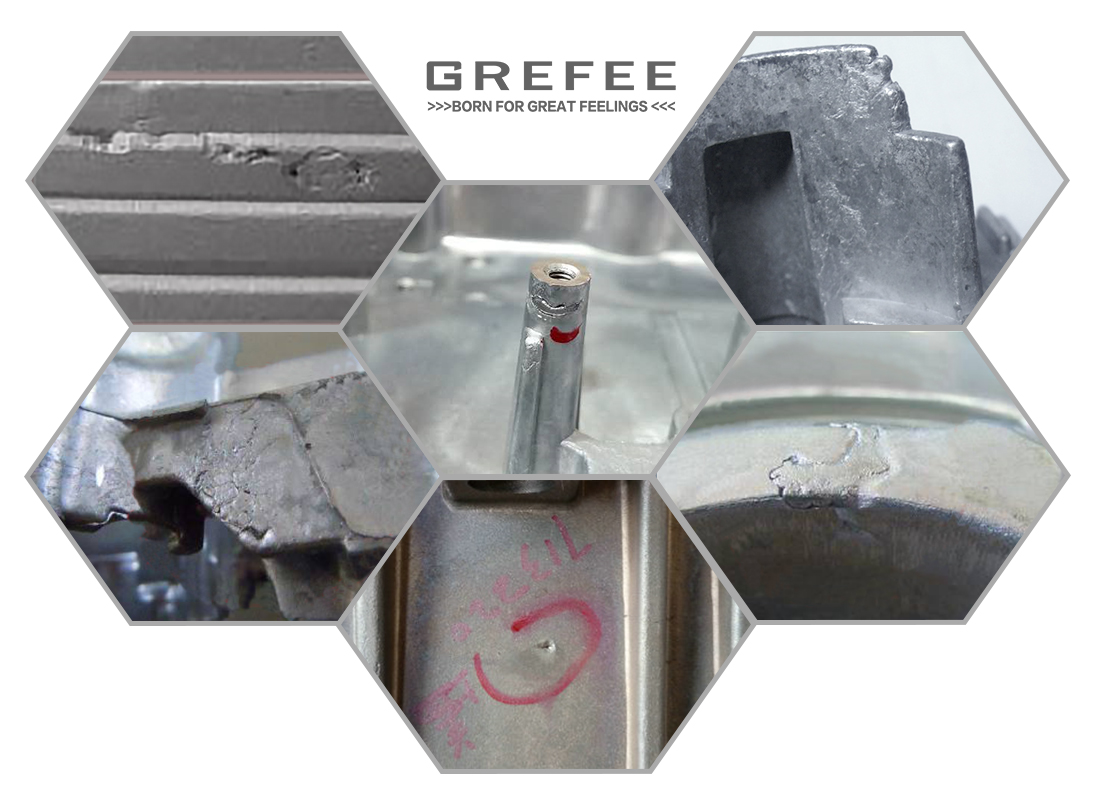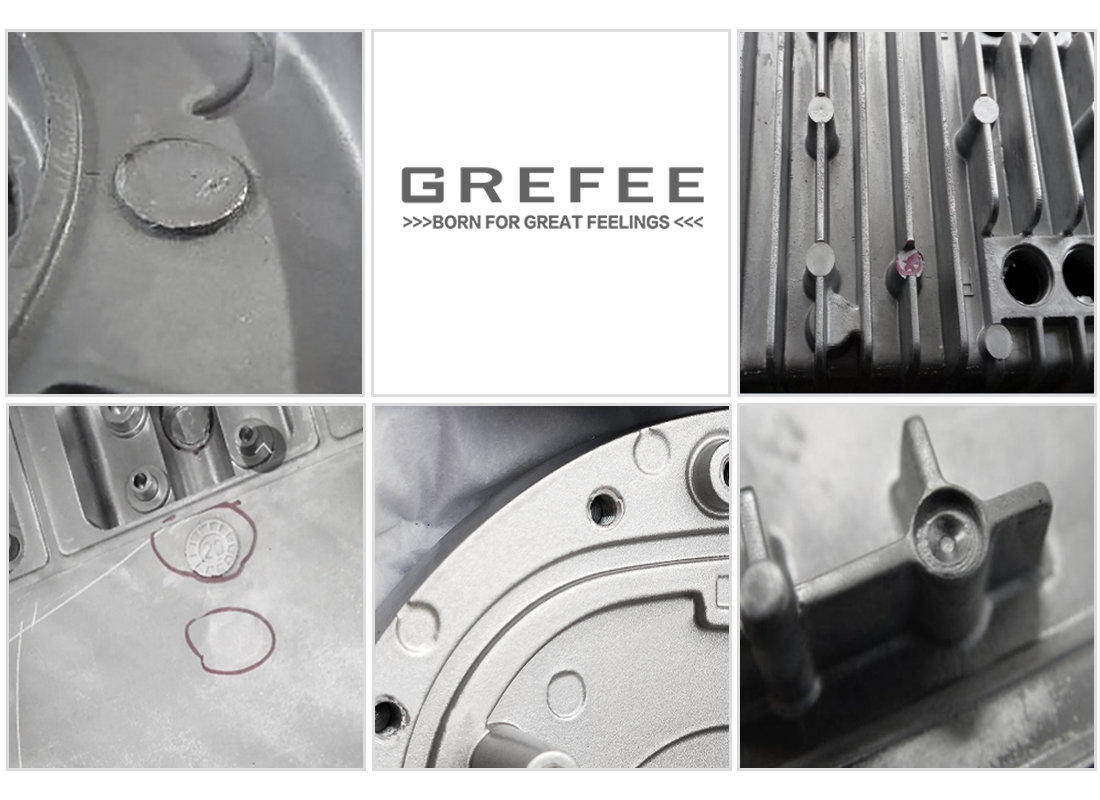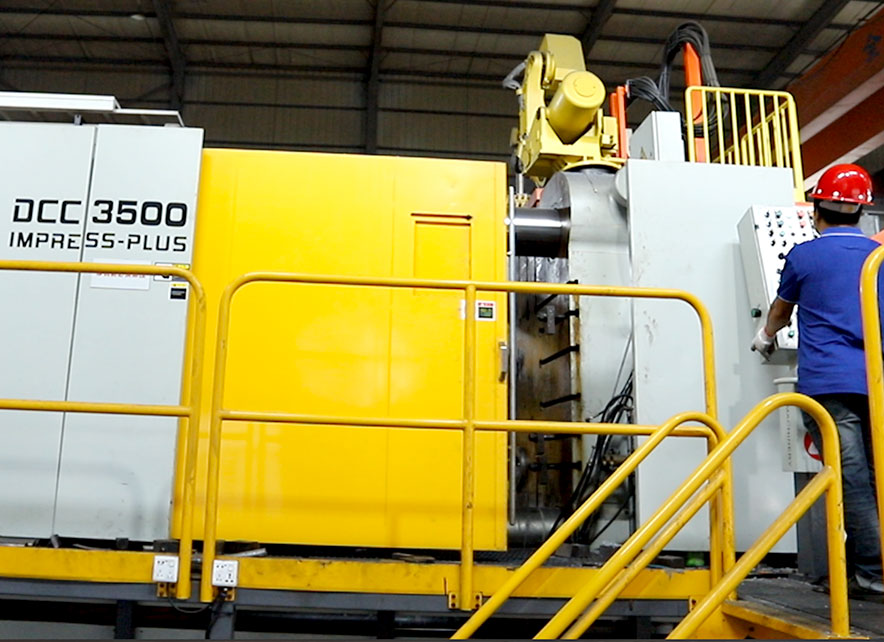Common Methods of Deburring of Castings

Posted on : May30, 2022 By GREFEE
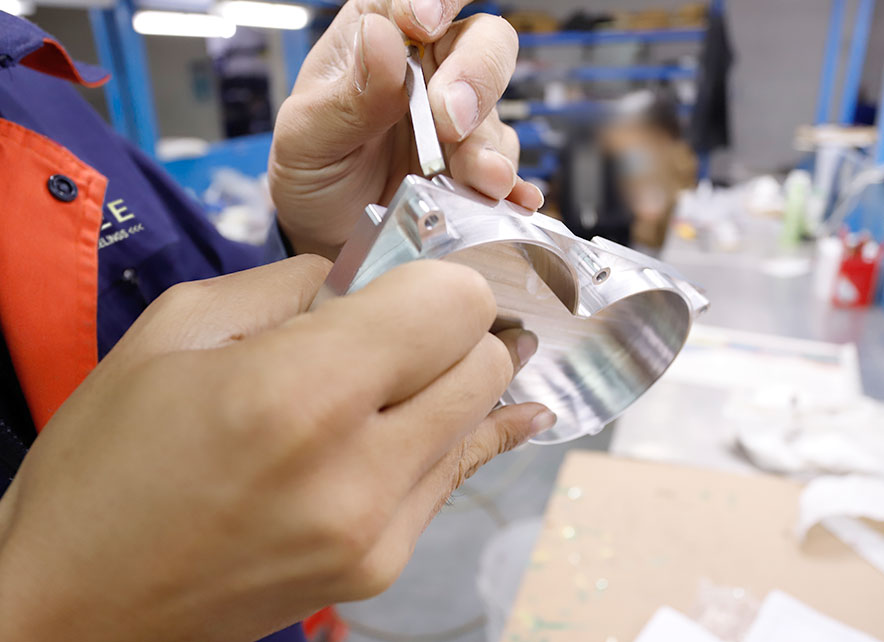
Almost every product has the die casting requirement on products, which is surface finish is clean without scratches and no burrs on the edges. What are burrs?
There are irregular tiny profusion staff on surface, most of them on the end face, outer hole or inner hole.
Primary cause:
Die casting parting surface or core pulling position (large burrs is galling), core kiss off/ shut off, post-mechanic machining, such as drilling, tapping, grooving.
According to different product accuracies, the requirements to burrs are different, too. Burrs grade:
Grade 1: Invisible at 30x magnification
Grade 2: invisible at 20x magnification
Grade 3: invisible at 10x magnification
Grade 4: invisible by visual inspection
Burrs hazard:
Bad sensation, stabbing hand, with certain risks. The outside burrs affect appearance. The inside burrs interfere with the assembly and extension of the service life of the sealing and rubber rings, or noise, abnormal noise, crack, etc. These factors will affect the follow-up treatments. If the burrs are big and fall into the circuit board, it will cause a short circuit and significant loss.
Prevention of burrs:
Improve the processing to avoid the occurrence of burrs, such as burrs on automotive damages cars by scratching the inside movable or seal rubber ring, leading to ineffective function or short service life.
In die casting, due to the insufficient clamping force, pressure impact, and other factors, the generation of burrs is inevitable. With the increasing need for the quality of castings, the requirements for burrs are more strict. too. Meanwhile, many manufacturers come out with plenty of deburring ideas.
The deburring procedures is the hardest part. Below is the introduction of some deburring methods. Hopefully, they are helpful.
1. Debarring manually
This is the most common method that many enterprises apply. Apply the file, sandpaper, grinding head, and other auxiliary tools. The files include a manual file and a pneumatic file. However, this method is high cost and low efficiency. Moreover, it is ineffective to remove the complex cross holes. While the operators are not required to be proficient, it suits products with small burrs and simple structures. In daily life, the most commonly used one is the trimming knife that will replace those traditional methods to make the use more convenient, cost-effective, and environmentally friendly.
2. Deburring by stamping
Deburring with applying the stamping and matching punch.
Need a certain stamping (coarse mold and fine blanking mold) manufacturing fee or needs to make the shaping die, which suits products with a simple parting surface. The efficiency and deburring effect are better than the artificial.
3. Deburring by grinding
This deburring type includes vibration, sandblasting, roller, etc. So far, many manufacturers tend to put the parts and grinding material together into the seal cylinder. In drum rotation, the dynamic torque sensors, parts, and abrasives are ground together to remove burrs. Abrasive can be quartz sand, sawdust, alumina, ceramics, metal rings, etc.
It might need deburring manually if they are not cleaned clearly or combines with other methods to deburr.
Suits for small products in mass production.
4. Deburring by freezing
To embrittle the burrs quickly by freezing, and then the burrs are removed by shot blasting. The price of the equipment is about 200,000 ~ 300,000. It suits products with small burr wall thickness and small-scale products.
5. Thermal explosion deburring
Thermal explosion deburring is also called thermal deburring and explosive deburring, through transmitting some natural gas into an equipment furnace and then making the gas explode immediately by the action of medium and conditions. Use the energy generated by the explosion to dilute and remove the burrs. The equipment is expensive, up to millions yuan. It also has requirements in operating skills but with low efficiency and side effects (rust, defamation).
Thermal explosion deburring is mainly used in high precision part field, such as automotive, aerospace and precise parts.
6. Deburring by engraving machine
The equipment price is not expensive (tens of thousands), and suits for the required deburring position are simple and regular, not suitable for recurrent metal parts.
7. Chemical Deburring
Use the electrochemical reaction to deburr automatically and selectively to the parts made of metal material.
Chemical deburring suits the hard-to-remove burrs of the pump body and valve body with small burrs (thickness less than seven wires). Put the sorted parts into the metal liquid solution. The part surface metal will be transmitted into the liquid in the iconic form. These ions will adhere to the part’s surface and form a film with high resistance and low conductivity to protect the workpieces from being eroded. However, the burrs are higher than the surface. So, burrs can be removed through a chemical reaction. This deburring method is widely accepted by pneumatic, hydraulic, engineering machinery, and other fields. For the inside burrs that are hard to remove and parts that are finely machined after heat treatment, chemical deburring is more effective.
8. Electrolytic deburring
Electrolytic deburring uses the electric and chemical power to dissolve the anodize and further remove the burrs. The positive poles of the turbine flowmeter parts and the direct current main are connected to be the anode. The cathode of the forming tools and direct current are connected to the cathode. The two poles should maintain a certain distance to allow the electric current to flow.
Electrolytic deburring is also applicable for lathes with burrs. For low volume production, fy4t_3 can turn the alternating current into the direct current for making the simple devices with the commutator. According to the structures of the parts, the specific jigs that are similar to the part shape are sampled of yellow metal or purple copper and materials with good electric conductivity. The not machined part needs to be coated with epoxy resin to protect.
Using the electrolytic to deburr is an electrolytic processing method, simply known as ECD. Fix the cathode of the tool (generally is yellow metal) close around the parts with burrs. There is a certain distance between the two (0.3mm~1mm). The conductive part of the cathode of the tool should be aligned with the burr edges and the other surfaces covered with the insulation. Ensure the electrolytic action is concentrated on the burrs. In the processing, the cathode connects with the cathode of the direct current. The part connects with the anode of the direct current. The pressure is the 0.1~0.3 MPA low-pressure electrolytes (generally sodium nitrate or sodium chlorate aqueous solution) flowing between the parts and cathodes.
When connecting with the direct current, the burrs will be removed due to the anode dissolution and being taken away with the electrolytes.
9. High pressure water jet deburring
Take the water as the medium. The water uses its immediate impact force to remove the burrs and galling and clean. After many experiments, the operator finds that the best suitable pressure is 30MPa-50MPa. However, due to insufficient pressure, it cannot achieve a 100% deburring effect. High pressure can remove burrs but also damages the workpieces. The pressure that the workpiece bears are within 20 MPA. Even 50 MPA pressure cannot deburr, let alone less than 10 MPA, which can be regarded as that the root residue of burr is a part of the workpiece.
Now, high hydraulic water deburring is widely used by many manufacturers. There are two types, which are workpiece mobile and nozzle mobile. The former is cheap, suiting for simple valve body deburring and cleaning. However, the nozzles and the valve body are not coordinated because the deburring of the inside cross holes and slant holes inside the valve body is ineffective. The latter uses CNC can effectively control the distance between the nozzles and valve burrs, which is effective for the burrs in the cross holes, slant holes, and blind holes. Hence, the equipment cost is expensive. So far, applications that use this deburring method are only the critical part of the automotive and engineering hydraulic control system.
10. Ultrasound deburring
The ultrasound made wave can deburr immediately.
It is mainly for some tiny burrs, such as the typical burrs that need to be observed by the microscope, which can be removed by the ultrasound deburring. This technique transmits the ultrasonic energy generated through the ultrasound into the liquid. The ultrasonic energy shake the porosity liquid to tear it into many small holes. These holes produce a magnificent atmospheric instantaneous pressure to remove the burrs on parts when it is torn. However, the ultrasound deburring works well for invisible burrs but is not suitable for each type, such as visible burrs with stubborn adhesion.
11. Magnetic deburring of metal parts
Magnetic deburring relies on the unique magnet distribution to form a strong and stable magnetic induction effect so as to make the magnetic steel needle, as well as the workpiece, are fully ground in all directions and at multiple angles to achieve the quick deburring and dead corners, oxide film, and sintering trace, especially for the complex shapes and porous crevice, internal and external thread, etc. What is more, it does not damage the surface of the workpiece and affects the workpiece’s accuracy. The workpiece surface finish can be achieved only once processing, which suits the grinding and polishing of gold, silver, copper, aluminum, magnesium, zinc, iron, stainless steel, metals, and hardening plastic workpieces.

Try GREFEE now,for free
We keep your uploaded files confidential and secure.

